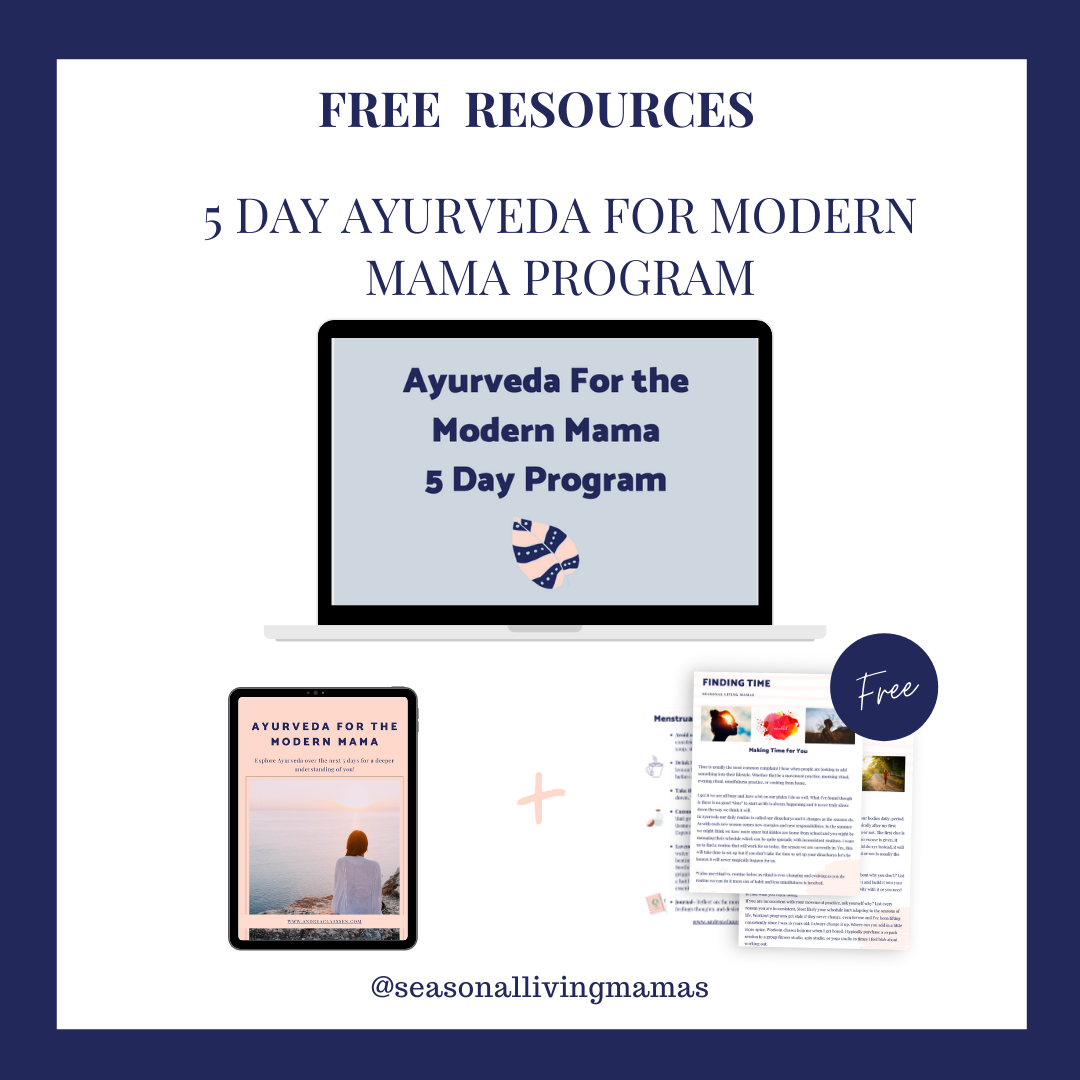The Subtle Doshas: Prana
The subtle body is the connection between the body and consciousness. It can't be seen, it's more felt than anything.
Prana is associated with vata dosha
Tejas is associated with pitta dosha
Ojas is associated with kapha dosha
Prana
Is the breath in the body. Prana flows through the nadis the energy channels of the body. It can be manipulated through pranayama practices. This is also one way you can shift your subtle energy by incorporating various breath practices.
Ways to shift prana
Vata Pranayama Practices
- Alternate Nostril Breathing
- Bhramari
- Making exhale twice as long as inhale
Pitta Pranayama Practices
- Shitali
- Sheetkari
- Alternate Nostril Breathing
Kapha Pranayama Practices
- Kapalabhati
- Bhastrika
- Alternate Nostril Breathing
Kriyas
There are 6 cleansing kriyas. Each of the kriyas are meant to cleanse various parts of the mind and body.
- Neti- Purification of the nose
- Dhauti- Purification of stomach and esophagus
- Nauli- stomach churning
- Basti- Intestine Cleansing
- Kapalabhati- Cleansing breath practice
- Tratka- Candle Gazing
Shitali Karana
Daily Routine: Shitali Karana Benefits:
- A method of balancing prana like pranayama and kriyas
- A deliberate and intentional practice of rest and relaxation
- Helps restore the energy levels of the body, breath, mind, and emotion, thus adding to the Prana
- Referred to as the 75 breaths exercise
Contraindications:
Individuals with low blood pressure, respiratory disorders (such as asthma, bronchitis, or excessive mucus),and anyone with chronic constipation.
The practice is about 15-20 minutes in length.
- It is best done lying on your back on a hard, comfortable surface, such as a carpeted floor
- Put a small cushion under the back of your head
- Lie in such a way that your head, neck, and spine are straight
- Place your arms a comfortable distance to your sides, and have the feet a comfortable distance apart.
- 10 breaths from the soles of the feet to the crown of the head, crown to the soles
- 10 breaths from the ankles to the crown, crown to the ankles
- 5 breaths from the knees to the crown, crown to the knees
- 5 breaths from the base of the spine to the crown
- 5 breaths from the navel
- 5 breaths from the heart center
- 5 breaths from the throat center
- 5 breaths from the eyebrow center
- 25 breaths in the nostrils and out through the crown of the head and beyond
- Then go the opposite way back ending at crown to toes - breath is inhale down, exhale up.
After the exercise, rest for as long as you need to or sit in meditation Imagine that the breath is ascending through the body from the base point to the crown of the head on Inhale and descending from the crown of the head to the base point on Exhale. Around of breath is considered one complete rise of Inhale and fall of Exhale. There is no need to pull the breath in or push it out. Ride the current of your natural breath. As you move through the practice the breath will become shallower and more relaxed. As the breath becomes quieter the mind will as well.
A recording to practice: https://www.oakwoodyoga.co.uk/resources/yoga-nidra/shitali-karana-ascending- breath/
Resources: Indu Arora, “Ancient Heritage, Tomorrow’s Wisdom”
Conclusion
Prana is the subtle dosha that helps shift energy in the body. It's something we notice when we don't feel quite right in the mind and body. When your prana is low you feel it and it doesn't feel like you're best self. These daily practices can help you keep your prana high and balanced.
Join our 5 day Ayurvedic seasonal jumpstart
Live Coaching all week- September 11th-15th, 2023
Join Today
Are you a mama wanting to live more Ayurvedically?
Download my free guide Ayurveda for the Modern Mama to learn how to dive even deeper with Ayurvedic practices into your daily life.


view + leave comments . . .